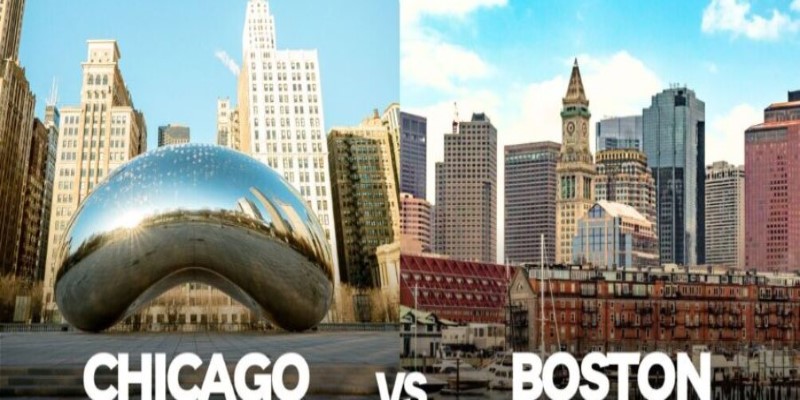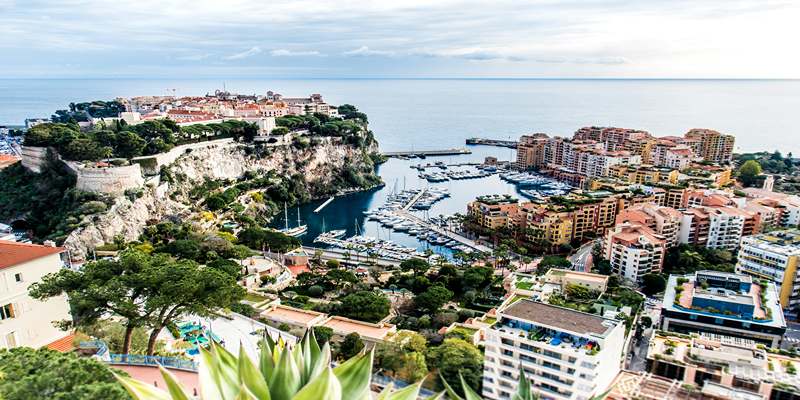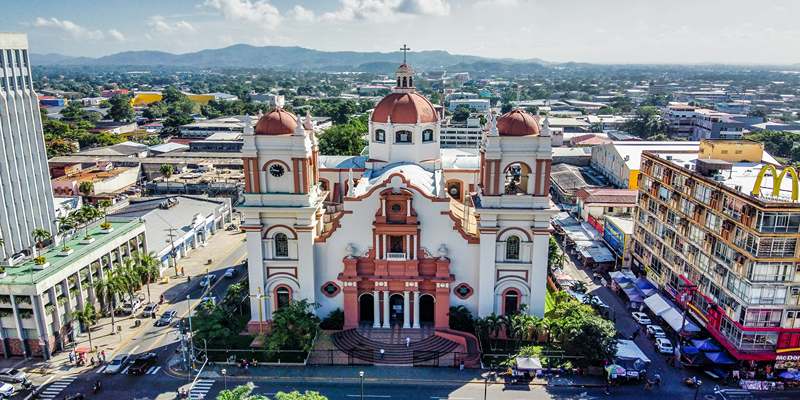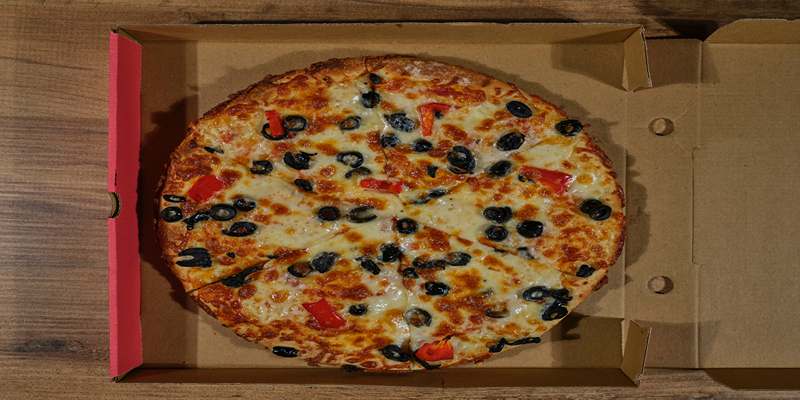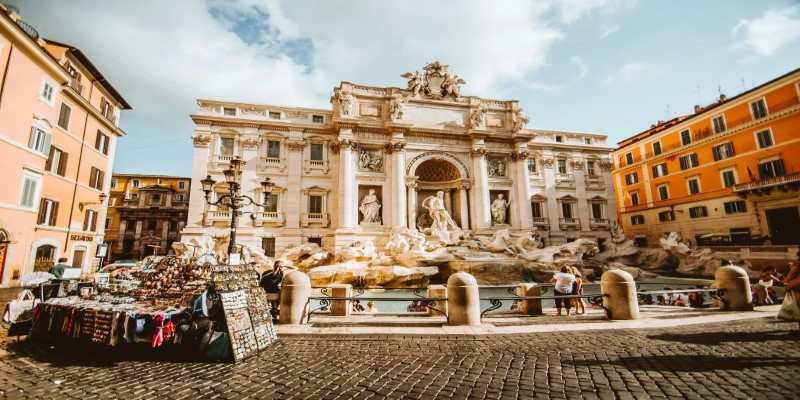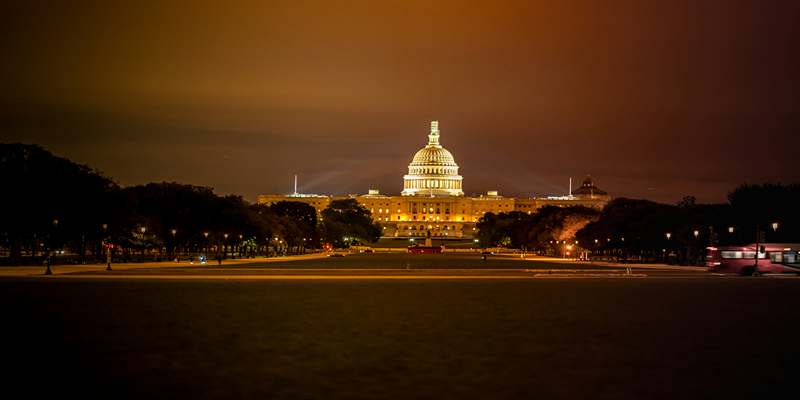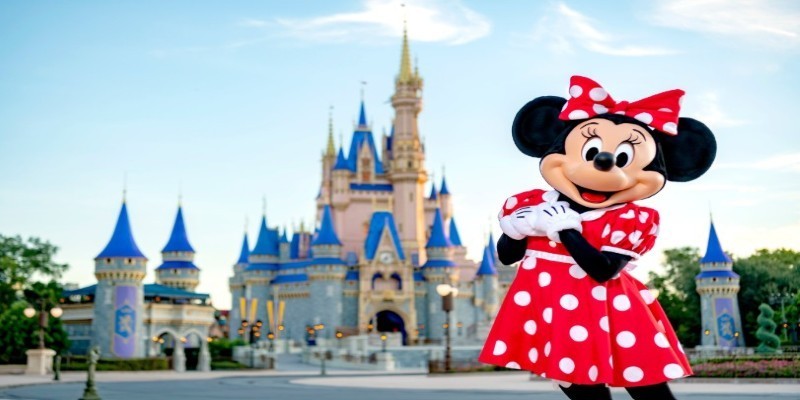The West Loop used to be all warehouses and industrial lots. Now, it's one of the most interesting neighborhoods in Chicago. The bones of the past are still here—brick buildings, wide roads—but what's inside them has changed. Old loading docks now hold cafes and shops. You'll find locals walking dogs, grabbing coffee, or heading to work. It feels laid-back without being sleepy and creative without being loud. Whether you're in town for a weekend or live nearby, the West Loop invites you to wander, sit, and stay a while. It doesn't push. It simply lets you in.
Where The Old Meets the New?
The West Loop is a blend of preservation and change. Warehouses from the last century now house creative offices and shops. Fulton Market, once a center for meatpacking, holds on to its name while embracing design studios and restaurants. Randolph Street’s wide sidewalks invite a slower pace, with hand-painted signs still clinging to brick walls as a nod to what was here before.
People walk, pause, and keep moving. The neighborhood’s energy isn’t forced—it unfolds naturally. It’s the kind of place where you find something new just by turning the corner. A guide to Chicago’s West Loop always includes that feeling of openness. You aren’t boxed in by a list of must-sees. You’re encouraged to walk and let it reveal itself.
This is what separates the West Loop from neighborhoods with polished facades. It still shows its work—layers of history alongside new ideas. That mix of old and new gives it personality. There’s a visible sense of care but no need to overdesign.
Eating Your Way Through Randolph and Fulton Market
Food gave the West Loop its second life. Restaurants transformed Randolph and Fulton Market from forgotten roads into destination streets. But the dining scene isn’t only about trends. There’s a relaxed confidence to the area's food culture. You'll find everything from counter service to white tablecloths without any of it feeling too formal or staged.
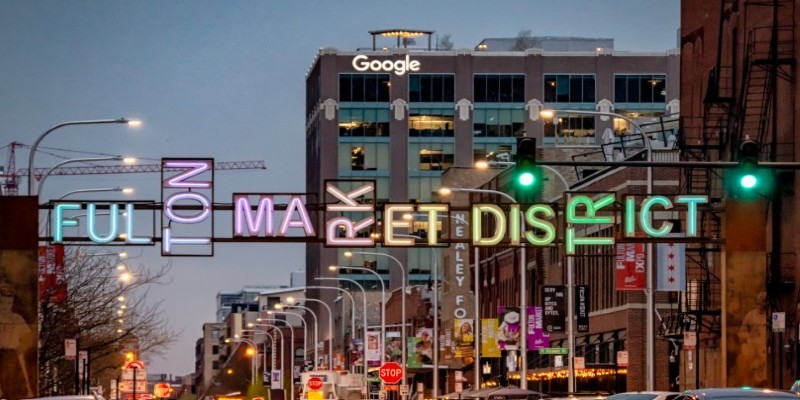
People eat lunch here between meetings, stop for pastries on a walk, or meet friends after work. The styles range from Italian to Korean to plant-based, often in the same block. Chefs experiment without overdoing it. That’s part of what makes the food here stick—it feels personal.
Fulton Market wakes up early. Delivery trucks, breakfast spots, and quiet morning setups give way to evening crowds. You don’t need a reservation to enjoy it, though some places do book out. It’s just as easy to explore, check a menu, and walk in.
What makes it work is the balance. You can dress up or stay casual. Eat light or stay for a long dinner. It fits all kinds of meals without losing its character.
A Working Neighborhood with Character
The West Loop isn’t just for visitors. It works as a home base for creative and tech industries, especially for companies wanting to stay near downtown without being right in it. Offices and studios fill floors above storefronts. People commute here with laptops and sneakers. Lofts are split between design firms, workshops, and startups.
The architecture helps. Old buildings offer big spaces, tall windows, and lots of flexibility. But it’s more than that. There’s a casual creativity in the air. You’ll walk past podcast studios, print shops, and co-working spaces without needing a guidebook to spot them.
Public art gives the streets more than just color—it adds voice. Murals stretch over major corners. Some are commissioned, others just appear. They change over time but always contribute to the neighborhood’s tone.
Parks like Mary Bartelme and Skinner add calm to the energy. Families, dogs, food trucks—they’re all part of the scene. These green spaces make it clear this isn’t just a place to pass through. People live here. They stay. That’s part of what keeps the balance intact.
A guide to Chicago's West Loop would be incomplete without pointing out how work, rest, and daily life blend here. One building might house a café, studio, and apartment—and it all fits.
Shopping, Studios, and Independent Spirit
The shopping experience in the West Loop reflects its personality. Instead of malls or big brands, you’ll find one-off shops with a focus. Some sell handmade notebooks or home goods. Others carry limited-run clothing or specialty kitchen tools. These places don’t shout for attention—they’re just there, waiting to be found.

Design plays a quiet role. Stores tend to keep things simple. Interiors often feature original floors, old beams, and soft lighting. The buildings do a lot of the visual work. The style is less about flash and more about fit.
Art isn't limited to galleries here. There are pop-up shows, weekend exhibitions, and artist-run spaces tucked between shops. Many operate under the radar. You won't always see a sign or a banner. That's part of the draw. You can find them by walking.
This sense of discovery runs through the neighborhood. Whether it’s a new studio or a hidden retail spot, the West Loop rewards slow curiosity. That independent spirit—both practical and creative—keeps the neighborhood from ever feeling finished. And that’s what keeps it interesting.
Conclusion
The West Loop keeps growing, but it doesn’t rush. Its energy feels lived-in rather than curated. Old buildings hold new lives, and the neighborhood makes room for both work and rest. Whether you’re here for a day or a year, it doesn’t try to sell itself—it just keeps moving. A guide to Chicago’s West Loop isn’t about seeing every landmark. It’s about taking time. Walk the streets, watch how the light hits the bricks, hear the sounds from an open café door. That’s where the West Loop lives—in the small, steady moments that stay with you.


